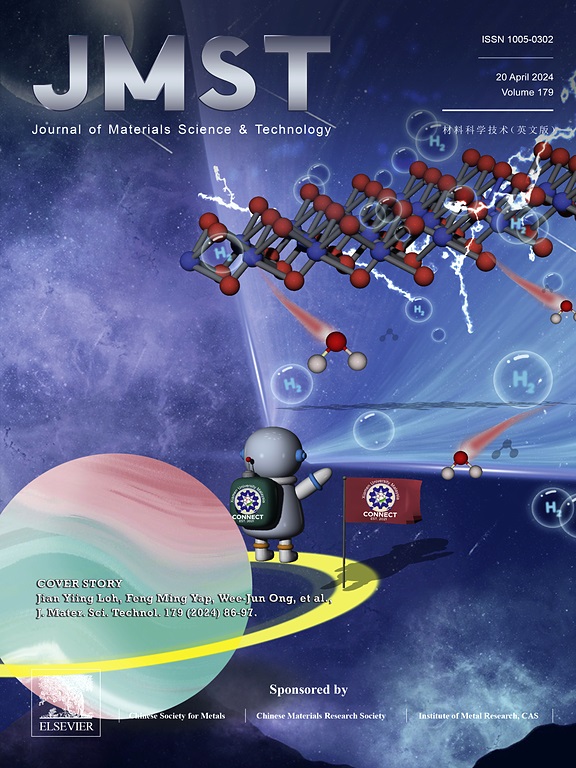Laser shock peening optimized microstructure stabilizes compressive residual stress to improve fatigue performance of high-strength aluminum alloy hole structure
IF 11.2
1区 材料科学
Q1 MATERIALS SCIENCE, MULTIDISCIPLINARY
引用次数: 0
Abstract
Hole structures are prone to fatigue cracks due to stress concentration during complex service conditions, making it difficult to meet the high safety and reliability requirements for the high-speed aircraft. In this study, laser shock peening (LSP) was used to modify the microstructure and residual stress of the 7050 aluminum alloy hole structure to improve fatigue life. Results showed that LSP could generate the network of low-angle grain boundaries (LAGBs) and ultra-high-density dislocations within coarse grains, and induce the re-precipitation of strengthening phases near the grain boundaries. Coarse grains with a low Schmid factor required multiple LSP to generate more intense plastic deformation and produced noticeable microstructural improvements. The LAGBs, dislocation tangles, and at the grain-boundary precipitates hindered localized plastic deformation during fatigue cyclic loading, thereby enhancing the stability of high-amplitude (−293 MPa) and deep (∼2 mm) compressive residual stress (CRS) generated by multiple LSP. The synergistic effect of surface microstructural strengthening and stable CRS significantly improved the fatigue life of hole structure.

求助全文
约1分钟内获得全文
求助全文
来源期刊

Journal of Materials Science & Technology
工程技术-材料科学:综合
CiteScore
20.00
自引率
11.00%
发文量
995
审稿时长
13 days
期刊介绍:
Journal of Materials Science & Technology strives to promote global collaboration in the field of materials science and technology. It primarily publishes original research papers, invited review articles, letters, research notes, and summaries of scientific achievements. The journal covers a wide range of materials science and technology topics, including metallic materials, inorganic nonmetallic materials, and composite materials.
 求助内容:
求助内容: 应助结果提醒方式:
应助结果提醒方式:


